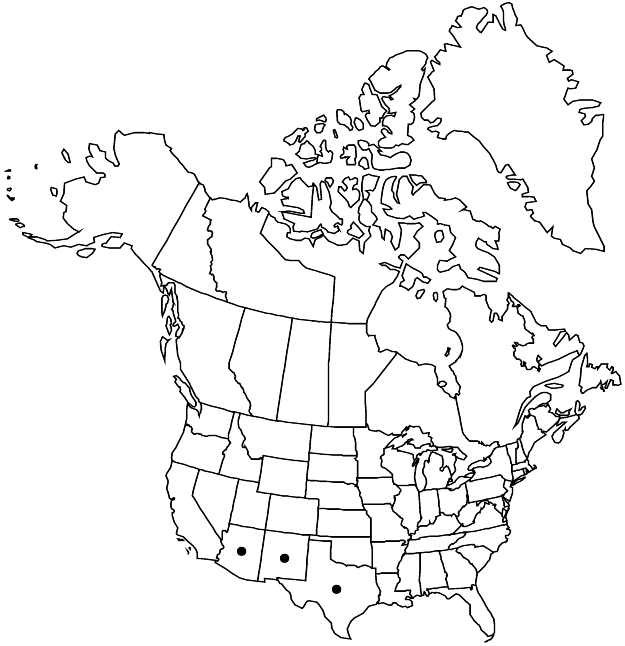Drymaria molluginea
Linnaea 29: 738. 1858.
Plants annual, herbaceous, glabrous or sparsely glandular, not glaucous. Stems erect, simple or dichotomously branched, 3–25 (–30) cm. Leaves mostly appearing whorled; stipules ± persistent, simple, filiform to subulate, 0.5–2 mm; petiole absent or nearly so; blade linear, 1–3 (–3.5) cm × 0.5–1.5 (–2) mm, base attenuate, apex rounded, sometimes apiculate. Inflorescences terminal or racemose, open, 3–30+-flowered cymes. Pedicels shorter to longer than subtending bracts at maturity. Flowers: sepals with midvein prominent, lateral pair often evident, then arcing outward at midsection and confluent apically, broadly ovate to ± orbiculate (herbaceous portion elliptic to oblong or lanceolate), 2–3.5 mm, subequal, apex obtuse (herbaceous portion similar), hood oblique or at right angles to apex, formed in part by scarious margins, glabrous; petals 4-fid for 1/2 or less their length, 1.7–2.5 mm, subequal to sepals, lobes 1-veined, vein unbranched, linear, outer pair 1/3–1/2 as long as petal trunk, inner pair slightly shorter or, sometimes, greatly reduced or absent, trunk laterally denticulate, base abruptly tapered, apex rounded. Seeds dark-brown to purplish, horseshoe-shaped, 0.8–0.9 mm; tubercles minute, rounded.
Phenology: Flowering late summer–early fall.
Habitat: Rocky to sandy soil
Elevation: 2100-2400 m
Distribution

Ariz., N.Mex., Tex., Mexico
Discussion
Selected References
None.
Lower Taxa
"/2" is not declared as a valid unit of measurement for this property.
